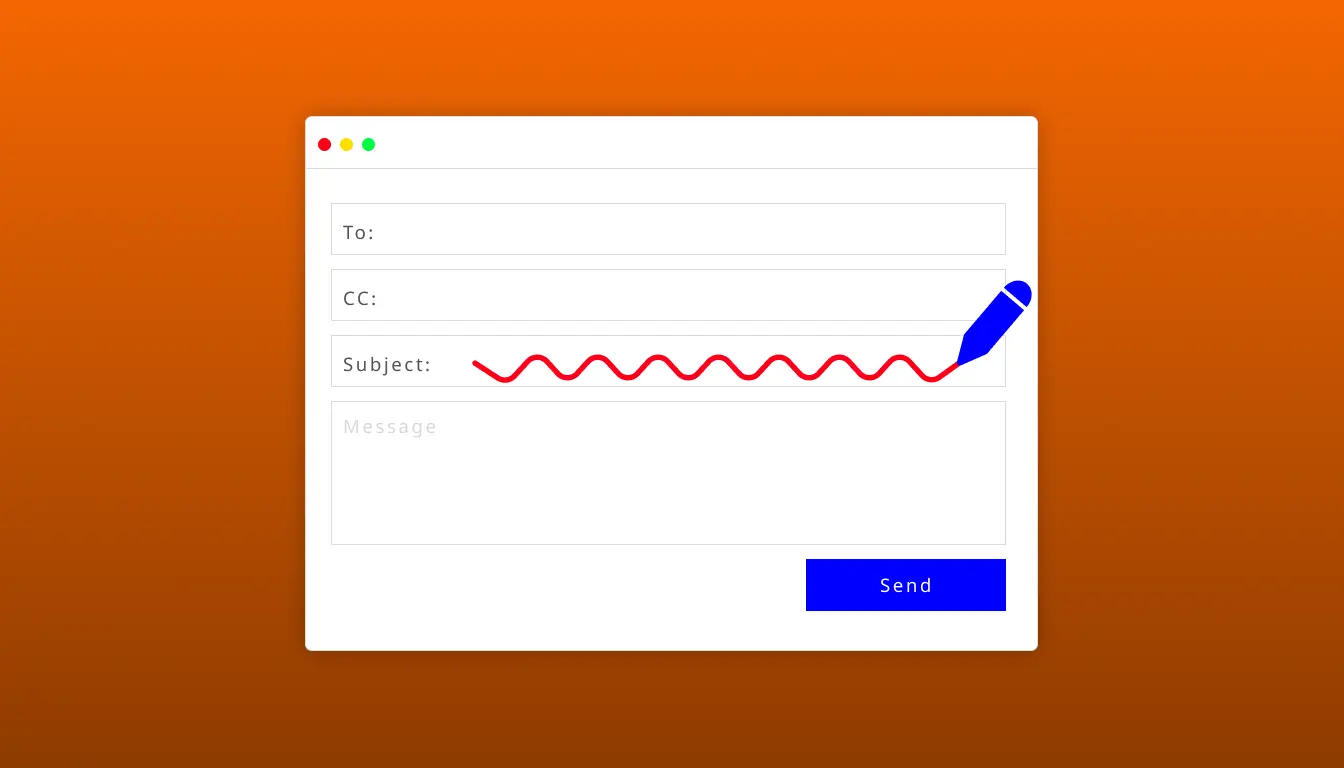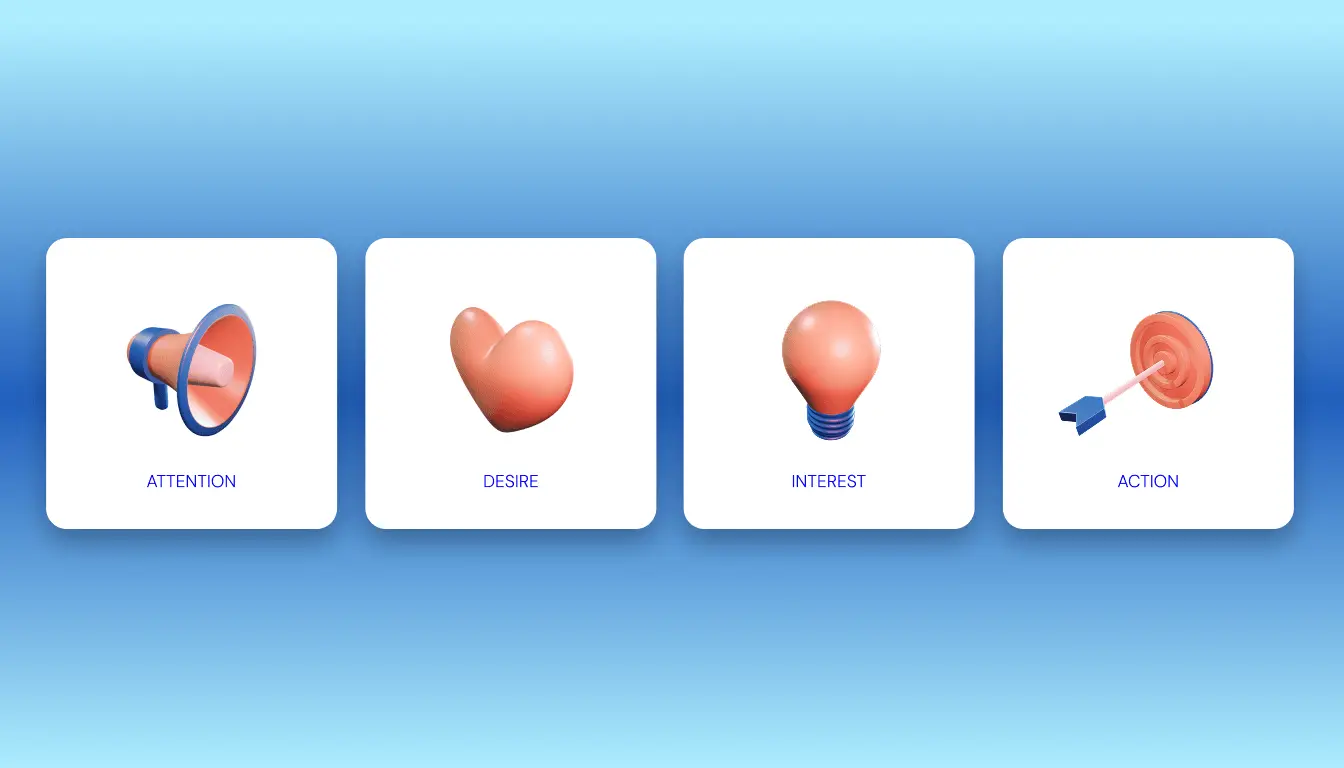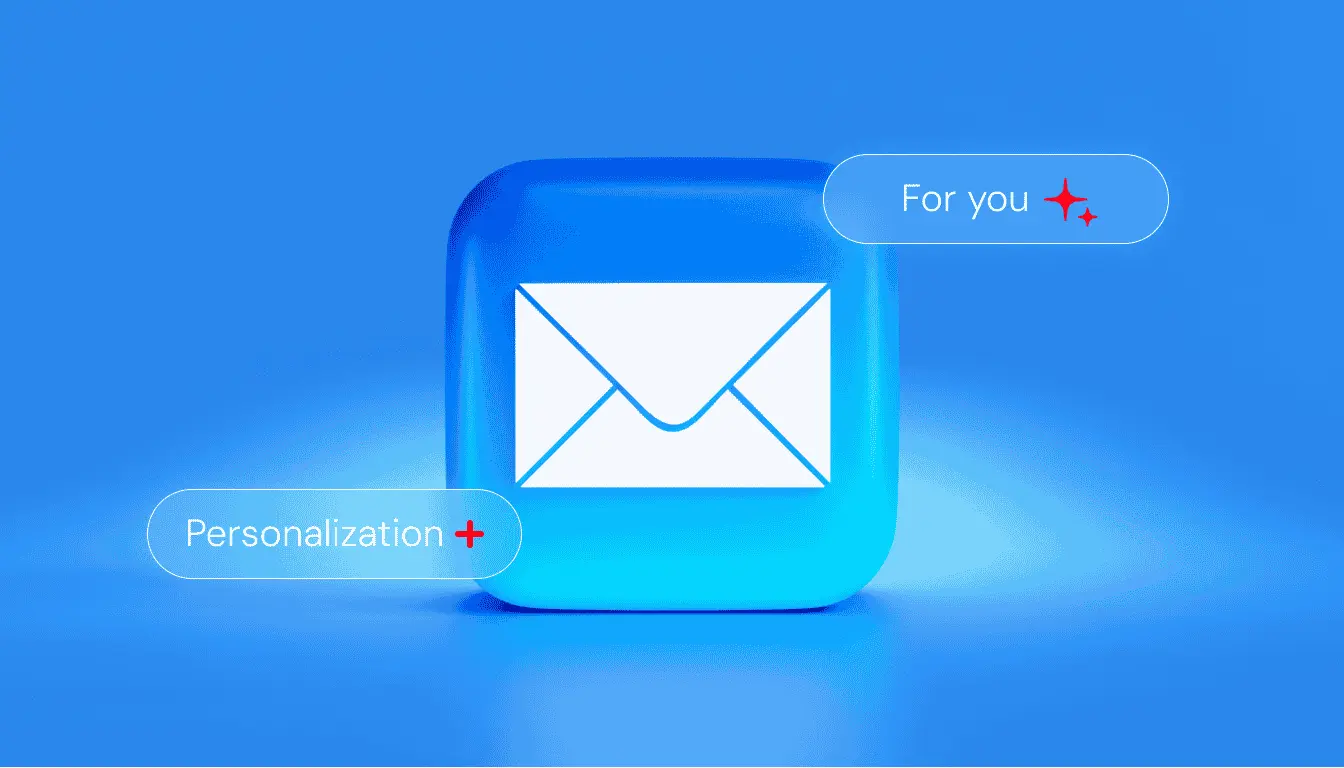TABLE OF CONTENTS
Use your preheader to reinforce the message
If you run an ecommerce brand, then you already know that emails can drive good revenue, especially when you do them well. But most emails never reach their full potential because the copy is usually unclear or redundant. Customers can sense when an email sounds automated or rushed, and they respond by ignoring it.
Some people assume that effective email copywriting is about fancy words, but it’s not. It’s about understanding how your customer reads, what they care about, and how to guide them from “I’m skimming this” to “I want to click that.”
In this article, we’ll discuss 7 email copywriting tips explicitly written for ecommerce brands.
Let’s get right in.
1. Write Subject Lines That Capture Attention

Most of your readers’ inboxes are always full, so you need a subject line that captures their attention instantly.
To write these types of attention-grabbing subject lines, you need to think like your consumer:
- They’re checking their emails while multitasking
- They skim everything
- They delete fast
- And they only open if something benefits them
So instead of thinking, “How do I gain their attention?”, the better question is: “What will make someone stop scrolling for three seconds?”. Here’s how you can achieve that:
Keep it short
Aim for 45 characters or fewer. This is because mobile screens can quickly shorten long subjects.
Consider the examples below:
Bad example: “Exclusive Opportunity to Save Big on Your Favorite Products Today!”
Better: “Your Weekend Deal is Inside.”
Use your preheader to reinforce the message
Your preheader is your second chance to get people to open your email. So make sure that it expands your message, rather than simply repeating it. For instance, if your subject says: “A Quick Way to Save 20% Today”. Then your preheader should read: “Your code is waiting inside.”
This helps your reader understand why the email is worth opening before they even click.
Avoid aggressive sales language
Don’t use ALL CAPS, too many emojis, and “LAST CHANCE!!!” because all these types of subject lines can feel spammy. They often get filtered into Promotions or Spam.
Instead, speak like a human, and always remember that subtlety builds trust, which in turn motivates people to open your emails.
2. Make Your First Line Strong Enough to Pull the Reader In

If you don’t add a preview text, the first line of your email body will be displayed as the preview text. Sometimes, even when you add a preview text, many inboxes still show your first email line as a second preview text, and if that line is weak, people won’t read further.
Here are some bad lines to avoid:
- “Hey there, we’re excited to share…”
- “Hope you’re doing well today…”
- “We have a quick update”
These lines waste space. Strong first lines speak directly to what the customer cares about:
- “Quick way to improve your morning routine”
- “Here’s how to make your skincare last longer”
- “This bundle saves you more money”
The first line should either:
- Highlight a problem,
- Offer value,
- Present an opportunity, or
- Acknowledge something your customer is already doing
This is what email copywriting best practices actually look like.
3. Write Body Copy That Sounds Like a Real Person Helping Another Person

The biggest mistake brands make is writing emails that sound stiff or robotic. This is where the difference between “email marketing” and “email copywriting” becomes obvious.
Email marketing is the strategy, while email copywriting is the way you communicate with your customers.
A great email body copy feels natural like someone talking to you, not at you.
Here’s how to write body copy that can instantly connects with your audience:
- Use short, clean sentences: Try writing at a 6th–8th grade reading level
- Use one idea per paragraph: Short paragraphs make your email easy to skim, and this way, your readers don’t feel overwhelmed
- Write to one person: Use “you,” not “all of you,” not “our customers.” Just “you”
- Make benefits obvious: Features explain, and benefits persuade. A feature can be described as: “Made with triple-layer insulation.” While a benefit can be: “Keeps your water cold for 12 hours”
Always use benefits first.
4. Use AIDA, But Adapt It for Ecommerce Behaviour

AIDA is one of the oldest copywriting frameworks, and it still works, as long as you don’t use it like a checklist. Here’s how to use AIDA email copywriting in ecommerce:
- Attention: Hook them with a direct insight or promise. “Your new skincare routine starts with this two-step combo”
- Interest: Explain the problem they’re facing or the outcome they want. “Most moisturizers sit on top of the skin instead of absorbing properly”
- Desire: Show transformation with benefits, results, or reviews. “This formula helps your skin stay smoother and brighter for hours”
- Action: Tell them exactly what to do next. “See the full set”
When you use this AIDA framework, your emails start to attract the attention of your prospective readers.
5. Use Personalization That Actually Feels Personal

You might think that personalization means adding someone’s first name. But in reality, that’s the smallest form of personalization, and customers are aware of it.
A good personalization technique uses:
- Purchase history
- Browsing behavior
- Timing
- Preferences
- Abandoned products
- Category interest
Here are some examples that convert:
- “Still thinking about this? Here’s a quick comparison to help you decide”
- “Your last refill was 30 days ago, need a fresh one?”
- “You viewed this twice this week. Want first dibs before it sells out?”
This is the kind of personalization your customers will notice. And yes, AI email copywriting tools can help generate variations, summarize product benefits, or write personalized snippets. But the final message should still sound like your brand, not a bot.
When using AI, there should be a limitation; use it for speed, brainstorming, and drafts. Use your own voice for the final touch.
6. Use Email Modules to Keep Everything Clear and Easy to Scan

All professional ecommerce emails follow a modular structure that organizes information and improves readability. An example of a modular structure is:
- Header (logo + optional nav links)
- Hero block (main message + image + CTA)
- Value block (3 quick benefits)
- Product block (2–3 items with short captions)
- Social proof block (reviews or customer quotes)
- CTA block (final action step)
- Footer (policies, links, contact info)
Modules are important because they make your email:
- Easy to read
- Visually balanced
- Consistent across campaigns
- Faster to test and build in tools like Klaviyo
This is one of the most underrated email copywriting tips. With structure, you can increase conversions just as much as a copy does.
Wrapping Up
Good email copywriting isn’t about being clever; it’s about being clear, helpful, and intentional. When your message feels like it was written by a real person who understands what the reader wants, your emails stop feeling like promotions and start feeling like value.
If you focus on clarity, relevance, and a conversational tone, your emails will naturally get more clicks and more conversions. Small improvements, like refining your headline, your flow, and removing unnecessary text, can make the biggest difference.
FAQs
- How long should an effective email be?
Most high-performing ecommerce emails fall between 50–125 words. Long enough to deliver a message, but short enough to skim.
- What do email copywriters do?
Email copywriters create subject lines, body copy, CTAs, and full email sequences for ecommerce brands. They focus on persuasion, clarity, and brand voice.
- What is an email sequence in copywriting?
An email sequence is a set of automated emails designed to guide a customer through a journey. Examples of these sequences include: welcome flows, post-purchase sequences, abandoned cart reminders, and win-back campaigns.
- What is the 60/40 rule in email?
This is the recommended text-to-image ratio. This means using a minimum of 60% text and a maximum of 40% images.
- What are the 5 C’s of copywriting?
The 5 C’s include: clear, concise, compelling, credible, and consistent.
- How do you measure email copy effectiveness?
You measure based on: Open rates (subject + preheader), click-through rates (body copy + CTA clarity), and conversions (the entire message working together).






.svg)

.avif)
.svg)